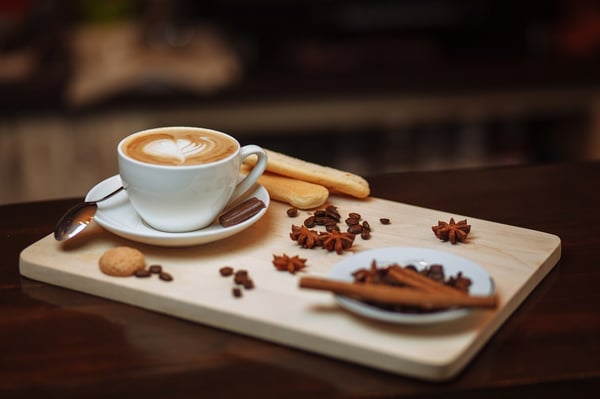How to Get Started with Specialty Coffee at Home

Coffee is one of the world’s most popular drinks. Millions of people start their day by stopping at their local cafe for their daily dose of caffeine. Yet many still prefer to brew their own.
For those of you who enjoy your cup of Joe at the kitchen table, you might be searching for some new options. A lot of the coffee sold in supermarkets is average at best. Most of it has been roasted months before. And compared to specialty blends, it’s weak and lacks flavor.
However, as you’ll quickly learn, the market for coffee is just as complex and diverse as for any other product on the market. It’s easy to get confused and not know what it is you want or that you’re even getting the best.
Here are a few things to keep in mind to help you get started with specialty coffee at home.

Understand the different beans
First, although we call them beans, they’re actually seeds. Coffee plants produce fruits. When they’re ripe, they’re picked from the plant, and the seeds are roasted.
But not all coffee plants are the same. In general, there are four different coffee plants (and beans) used to make coffee today. They are:
- Arabica: This is the most popular coffee bean. It grows only in high altitudes and is far more labor-intensive than other varieties. The plants are delicate and susceptible to disease, but their flavor is more complex and satisfying. However, the flavor of Arabica coffee diminishes significantly when served cold or with creamer, so take this into consideration when choosing your bean.
- Robusta: The second most popular bean, Robusta beans are known for their heavy body and full flavor. Robusta beans can sometimes have notes of chocolate. They will not lose their flavor when mixed with cream and sugar.
- Liberica: These beans are irregular in shape (unlike other varieties) and are much harder to come by than Arabica or Robusta beans. Their flavor is best described as floral or fruity.
- Excelsa: At less than 10 percent of the world’s production, Excelsa beans are sought after for their unique tart and fruity flavor that possesses some of the qualities of both light and dark roasts.

Understand the roast process
The coffee that grows on trees looks nothing like the coffee you’ll end up putting into your coffee maker at home. Coffee beans (or seeds) are roasted before being sent off for sale. By exposing coffee beans to high temperatures, a chemical process is started that gives coffee the flavors and aromas we’re used to.
There are different roasts, such as:
- Light roast
- Medium roast
- Dark roast
Rather logically, flavor and aroma increases as the roast gets darker. Most filtered breakfast blends are light roasts, whereas espresso and French roasts are much darker and therefore have a much stronger flavor.
Something to point out is that coffee should really be consumed as soon as possible after being roasted. Ideally, you should consume coffee no more than two weeks after roast to help protect some of the health and anti-oxidant benefits it provides.
One of the best ways to make sure your coffee is fresh is to sign up for a coffee club subscription. These services will send freshly roasted coffee to your house every two to four weeks. Many also send different varieties in each shipment, making sure you have the freshest coffee possible while also giving you the chance to explore new blends and roasts.
Know how to store coffee
While it’s ideal to get fresh coffee every two weeks, this isn’t always practical. And if you don’t have a constant supply, you need to make sure you’re storing your coffee correctly. Here are some tips to help you protect your coffee so that it’s of the highest quality when you go to drink it:
- Store it in airtight glass containers—storing coffee in metal will cause it to take on a metallic taste.
- Stay away from fridges and freezers—back in the day, it was common to store coffee with your other food. But fridges have lots of moisture in them, encouraging bacteria growth in the coffee. Furthermore, storing coffee in the fridge could cause the coffee to incorporate some of the smells and flavors of whatever else you’ve got stored in your fridge.
- Keep it in a cool, dry place away from sunlight—this helps protect its flavor and freshness.
Try things out and keep an open mind
This should be enough to get you started. But the best thing you can do is to simply try as much as possible. There’s a whole world behind your morning cup of Joe. Keep this information in mind and say no to nothing in the beginning. Soon enough, you’ll be a specialty coffee expert, and you’ll never drink a regular cup of coffee again.
Did you know The Chopping Block offers our own special blend of Intelligentsia coffee in our stores? Intelligensia is a Chicago-based coffee roaster with a unique roasting style and flavor. Stop by for a free cup as you shop!

